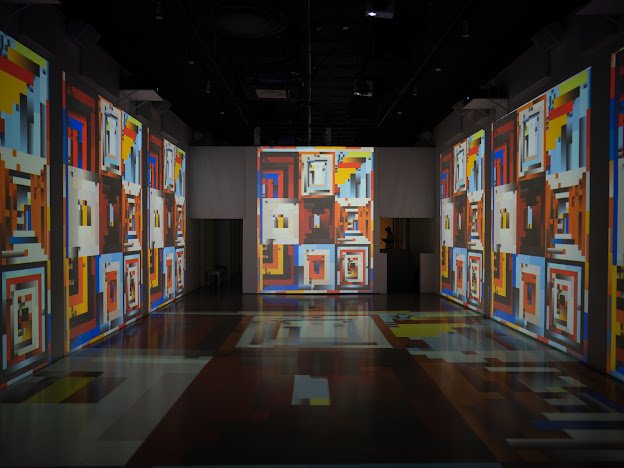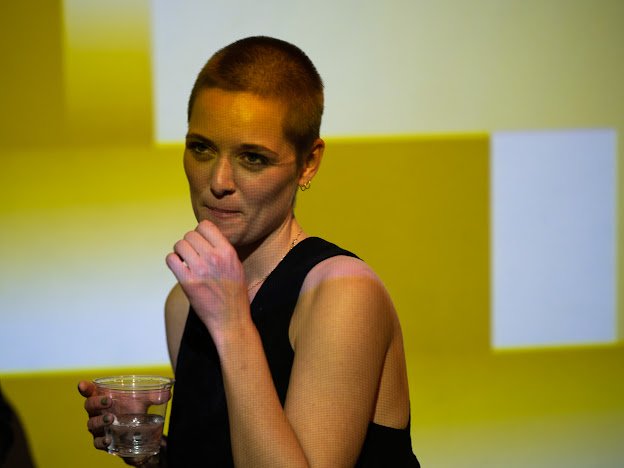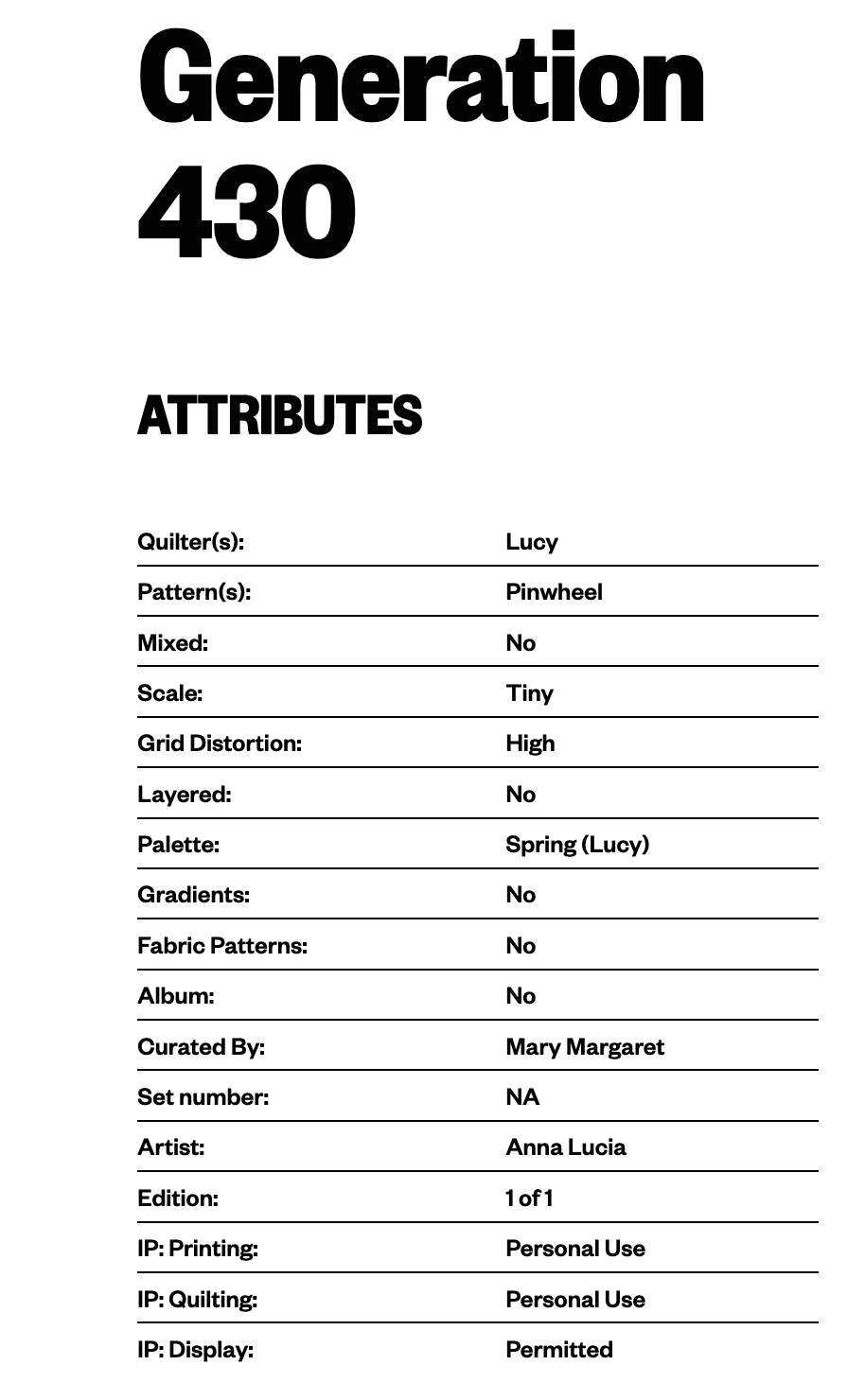Generations
“It was some kind of quilt thing; pieces of things they had once worn or slept under.”
- Toni Morrison, Beloved.
In the 19th century enslaved plantation workers of Gee's Bend, Alabama crafted one of the most important living legacies in American art history. Isolated from outside influences by an Alabama River cul-de-sac, the community incubated a staggeringly unique found fabric quilting tradition echoing African textile patterns. These stunning abstract designs would become widely regarded as modern art masterpieces, defiantly voicing a rich intergenerational narrative.
Gee’s Bend quilts have been collected extensively by prominent museums, inspiring high-profile homage from official First Lady portraiture to acclaimed runway shows. But in an all too familiar American refrain, the artists themselves still face the social and economic aftermath of the Antebellum South.
“Generations,” the debut collaboration between the quilters of Gee’s Bend and generative artist Anna Lucia, fosters a dialog between handcrafted and digital art through the blockchain, immutably and universally conveying an essential history transcending bloodlines. The aim is to disrupt the centuries-old cycle of Black culture appropriation by enabling enduring attribution and equitable exposure to the value created by the works.
The alternating polyrhythmic patterns prevalent in African musical traditions are mirrored in the textiles of Gee’s Bend, and it is this vibrant and complex visual language that is the focus of the collection. “Generations” is envisioned as a call and response between four of the most prolific quilters - Louisiana Bendolph, Loretta Petway Bennett, Lucy Pettway, and Essie Bendolph Pettway - and Anna Lucia, a pioneering textile-inspired generative artist. As works of digital art, the collection also fosters a direct dialogue between the artists and a wider audience of digital collectors.
“Generations” is an expression of the “heritage algorithms” so alive in Gee’s Bend’s hand-stitched masterworks, remixed artistically through digital code. The quilters have created works of extraordinary beauty and cultural significance. “Generations” seeks to preserve and celebrate that legacy by weaving a rich new trans-media cultural storyline connecting the past, present, and future.
“The fabric of the future is woven on the looms of the past.”
- Octavia Butler, Kindred
About the Quilters of Gee’s Bend
Louisiana P. Bendolph (1960) was twelve years old when she made her first quilt, a “Housetop,” fashioned from children’s clothing scraps. In 2002, she went to Houston for the opening of the Quilts of Gee’s Bend exhibit. She was shocked to see her quilt in the museum and deeply affected by seeing the works of her mother, grandmother, and aunts. Although she had previously given up quilting, she began having visions of quilts which kept coming until she could no longer ignore them.
Loretta Pettway Bennett (1960), like most girls in Gee’s Bend, learned to quilt from the women around her. Bennett frequently draws her patterns first on paper and colors them with crayons. She then pieces the patterns into quilts with old clothes she gathers from family, friends, and thrift stores, continuing the Gee’s Bend ethos of creative reuse. Her work is in the permanent collections of the Studio Museum in Harlem and the Legacy Museum.
Lucy T. Pettway (1921-2004), known as “Lunky,” made quilts for seven decades. As she walked to and from the fields each workday, she carried a pencil and paper in her pocket to sketch ideas and would often take cloth scraps to the fields to create quilt blocks during her break. Pettway rarely repeated herself. She conspicuously sought to explore almost every pattern known to her and personalized it with her precise interpretation. Her work is in the permanent collections of The Metropolitan Museum of Art, the Museum of Fine Arts, Boston, and the High Museum of Art. She is represented by her daughter, quiltmaker Mary Margaret Pettway.
Essie Bendolph Pettway (1956) is a quilter who works as a seamstress. When she comes home, she continues to sew, but with the pleasure of creativity. Essie says that sewing at home gives her peace of mind and a challenge. She makes quilts, pillows, curtains, bedspreads, dresses, and clothes for her children. Her work is in the permanent collections of The Studio Museum in Harlem and the Museum of Contemporary Art (Los Angeles).
























